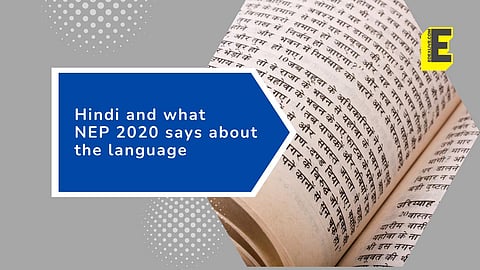

Hindi is a language that has evolved over time. It has its roots in Sanskrit, but it has also been influenced by many other languages, including Persian, Arabic and English.
The first written records of Hindi date back to the 11th century. However, it wasn't until the 19th century that Hindi began to be standardised.
In the 20th century, Hindi became the official language of India. This was a controversial decision, as many felt that Hindi was not the language of all Indians.
Now, Hindi is spoken by over 528 million people in India. It is also the official language of several other countries, including Nepal and Mauritius. Hindi is a vibrant and growing language, and it is sure to continue to evolve in the years to come.
In recent years, there has been some debate about the role of Hindi in the Indian education system. A few people argue that English should be the sole medium of instruction in schools. However, there are strong arguments in favour of persisting to teach Hindi in schools. Hindi is an important language for communication and for access to jobs and education.
The new National Education Policy (NEP) 2020 recognises the importance of Hindi in education. The policy states, "Hindi shall be used as the medium of instruction in schools in Hindi-speaking areas."
Hence, the NEP 2020 recognises the importance of Hindi in education and has made provisions for its continued use in schools.
